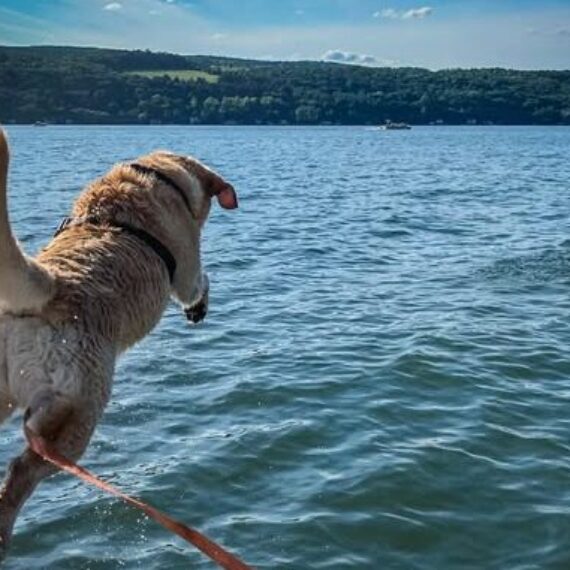Introduction
CSI’s New York State-certified lab, NYSDOH-ELAP #11790, offers baseline testing of private drinking water wells for “signature chemicals” associated with contamination from gas well operations. CSI has completed over 300 sets of baseline tests on private wells, springs, ponds and lakes since 2009. Baseline testing is a form of insurance for homeowners against the possibility that their well, pond or stream might be contaminated by waste from a nearby gas well operation. Baseline testing does not protect against contamination; however, it can provide a basis for efforts to hold gas companies accountable to New York State regulatory authorities and in the courts.
Baseline testing measures the levels of “signature chemicals” in a private drinking water well before a gas well is drilled and hydraulically fractured. “Signature chemicals” recommended by CSI are a set of 21 chemicals and chemical characteristics that are typically present at low concentrations in drinking water but at high concentrations in gas well waste, as documented in the 2011 draft Supplemental Generic Environmental Impact Statement (dSGEIS) prepared by the New York State Department of Environmental Conservation. Post-drilling increases in the levels of “signature chemicals” in water provide evidence of contamination by gas well waste.
“Signature chemicals” are a relatively small group out of the hundreds of chemicals that can potentially be associated with a hydraulically fractured gas well. However, because their levels are likely to be high, “signature chemicals” can be used to screen for post-drilling contamination of water. If contamination occurs, not all “signature chemicals” will necessarily change, and changes that do occur may be small or large, depending on the degree of contamination and the specific composition of the waste from a particular gas well.
A group of “signature chemicals” that includes representatives of all of the major classes of potential contaminants is advisable for detecting contamination. Some redundancy within each class of chemicals is also good, because results of different tests can reinforce each other. Too much redundancy, however, adds unnecessary expense. If post-drilling tests show a change in the water quality baseline and a convincing “signature” of gas well contamination, more extensive tests should be performed with the goal of identifying as many toxic and radioactive chemicals as possible and assessing the health risks of continuing to drink the water.



